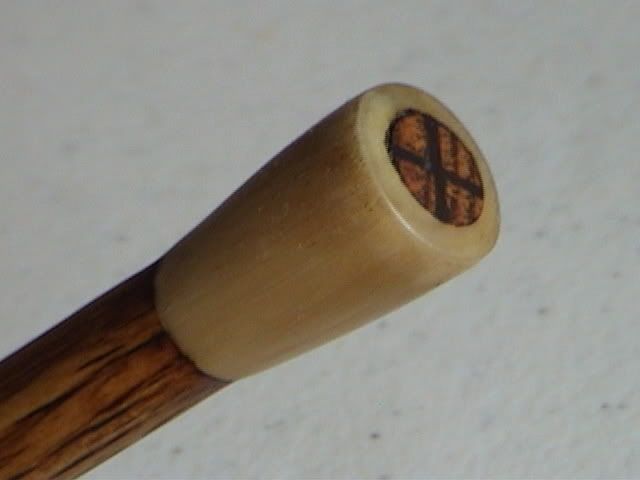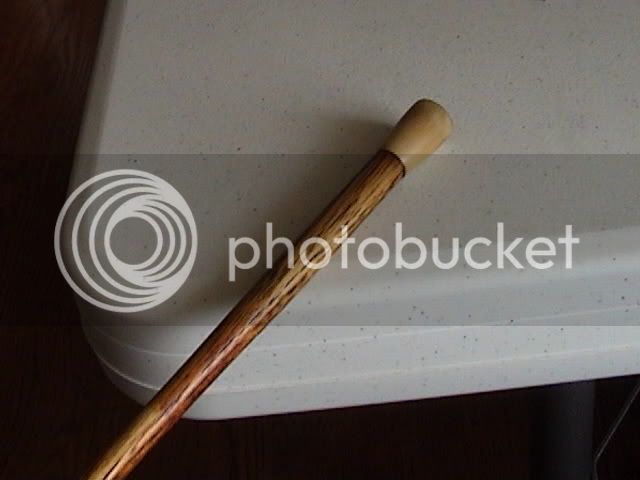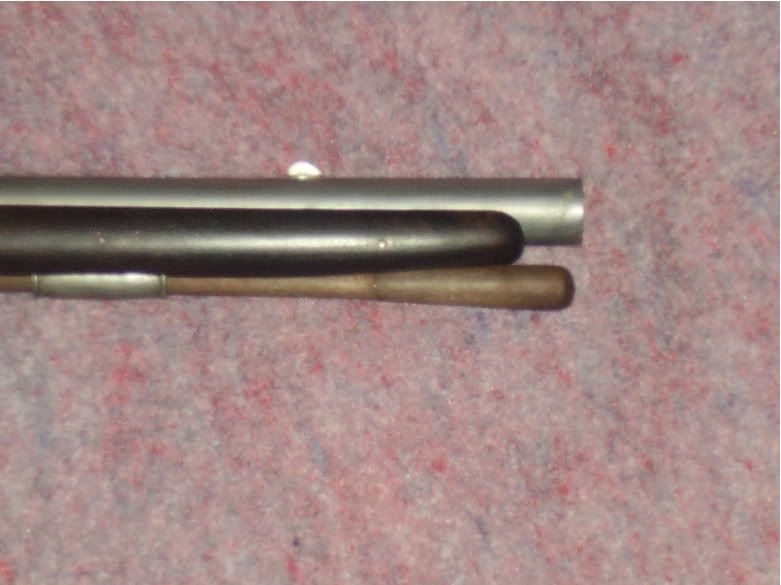Have never made a ramrod from square stock, but have made a bunch of arrows. I can make three 36" inch finished arrows in about 30 minutes with my method. BTW, it's not "my" method since I did not invent it. :surrender:
Here is how to do it. First, you need a jig. The jig is a board of almost any size with a "V" groove routed down the center. You drive a small tack or nail into the groove just about three inches shy of one end. You sit with the board in your lap or put it in a vice or clamp it to a table. The longer it is the less useful it is in your lap!

Put your piece of square stock in the "V" and butted up against the little tack to keep it from sliding in the "V". Take your small plane (I don't know the terminology for planes at all, but the one i use is about five inches long) and set the blade to take a very fine cut. Run it down the top edge of your square stock evenly from end to end (to get your tulip end you will have to stop a bit short and do the last bit by hand with other tools). Make your passes even and complete all the way down the blank. Once you have a flat on that top edge, rotate the blank until you have done all four of the corner edges of your blank. Now, you have an eight sided blank. Using the same technique, continue and make it into a 16 sided blank. You could go further and make a 32 sided blank, but it's not necessary.
with 16 sides you are ready to sand. Sand with a pair of "V" blocks about six or seven inches long. Sand along the length with the two blocks with the shaft in the "V"s. Just sand till it's smooth and round. The reason for the "V" sanding blocks is that if you just wrap a piece of sandpaper around the shaft without support, you will end up sanding away more of any softer wood and could end up wavy. That's a BIG problem with soft arrow shaft woods but probably not so much with hardwoods.
I coulda made one in the time it took to type this. :haha:
Also, there always seems to be talk about how to make a tapered ramrod. That can be accomplished very easily using the same jig. Let's say you want to taper 24 inches of your ramrod. With a pencil, draw a ring around your shaft or rod about 10 inches from the end. Draw another ring around it at about 20 inches. Then, set your little plane for a
very fine cut. Put the shaft in the jig and place your plane on the shaft so that the front edge is exactly at the little circle you drew at 10 inches. Take one complete pass to the end of the shaft then rotate the shaft a tiny bit and continue the process till you have erased the circle on the shaft. Look it over carefully. If your see any remnants of the circle, make a pass to remove them. Then repeat with the circle at 20 inches. Since your blade is behind the front edge of the plane, your will be ending up with taper longer than 20 inches (probably a bit under the 24" though. Depends on the plane itself). You can do this with more circles for a more rapid taper or with circles further apart for a longer more gradual taper. Or with any combo of circles and distances between the circles. You
must use a very fine cut or you might end up with more taper than you wanted.
Hope that helps!









